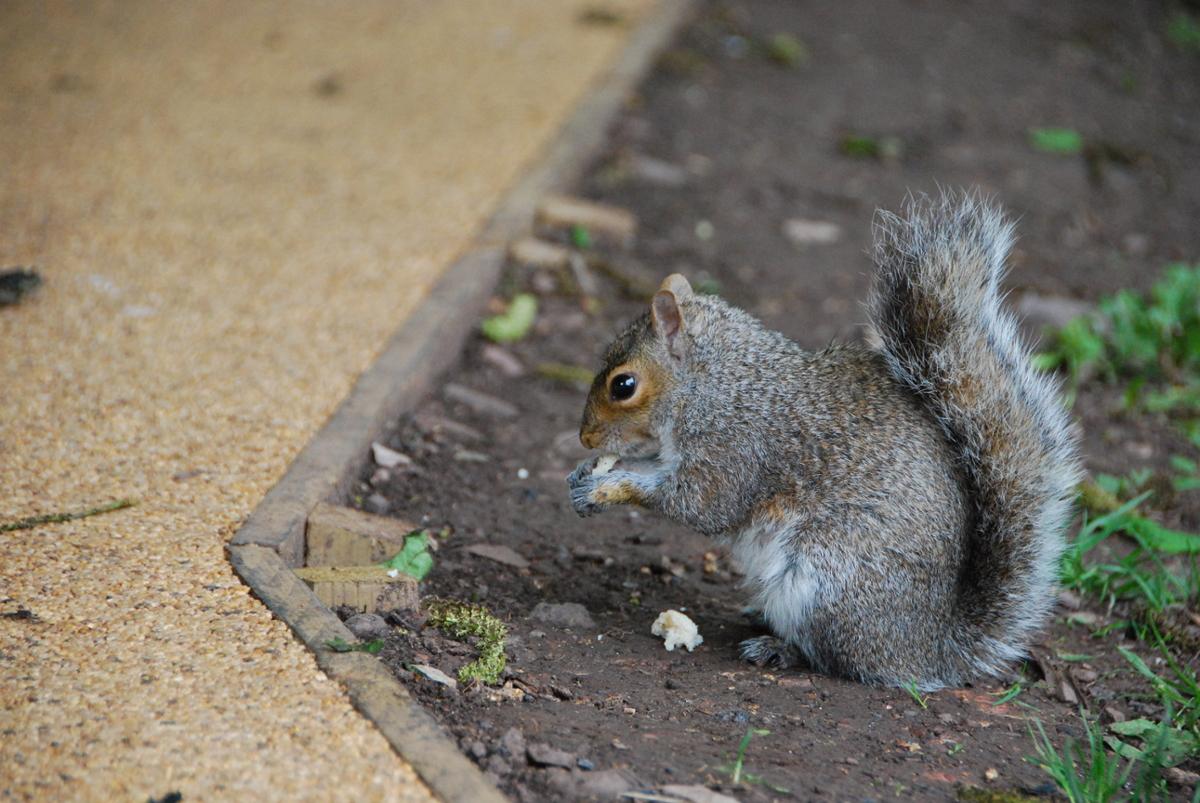Long before people built cities, giant animals roamed the Earth. While sloths the size of elephants aren’t coming back anytime soon, scientists are noticing something strange happening in cities today: mammals are getting larger and longer.
Using databases containing measurements of animals collected by natural historians, a team of scientists compiled and analyzed body mass and size measurements of over 100 North American mammals measured over the last 80 years.
They expected to find that urban animals would be smaller than their rural counterparts. Cities are prone to the heat island effect, in which they become warmer than their surrounding rural area due to human activities and structures, and a biological principle called Bergmann’s Rule observes that animals in warmer areas are smaller than animals of the same species in colder areas.
But while the team of researchers did see that animals living in lower temperatures had more body mass and were longer than those living in warmer temperatures, they also noticed that, in urban areas, mammals grew larger regardless of temperature. Their findings suggest that urbanization could have at least as much of an effect, or perhaps an even bigger effect, on animal size than rising temperatures. Bigger is usually better for animals, but it remains to be seen whether that holds true for animals in cities, who are likely trending larger because of city-specific diets or eating habits, such as eating food thrown away by humans, or eating new prey introduced to cities by humans.
So if you live in a city and don’t like the idea of giant sloths—or giant rats, or giant squirrels—be careful where you leave your leftover pizza.









